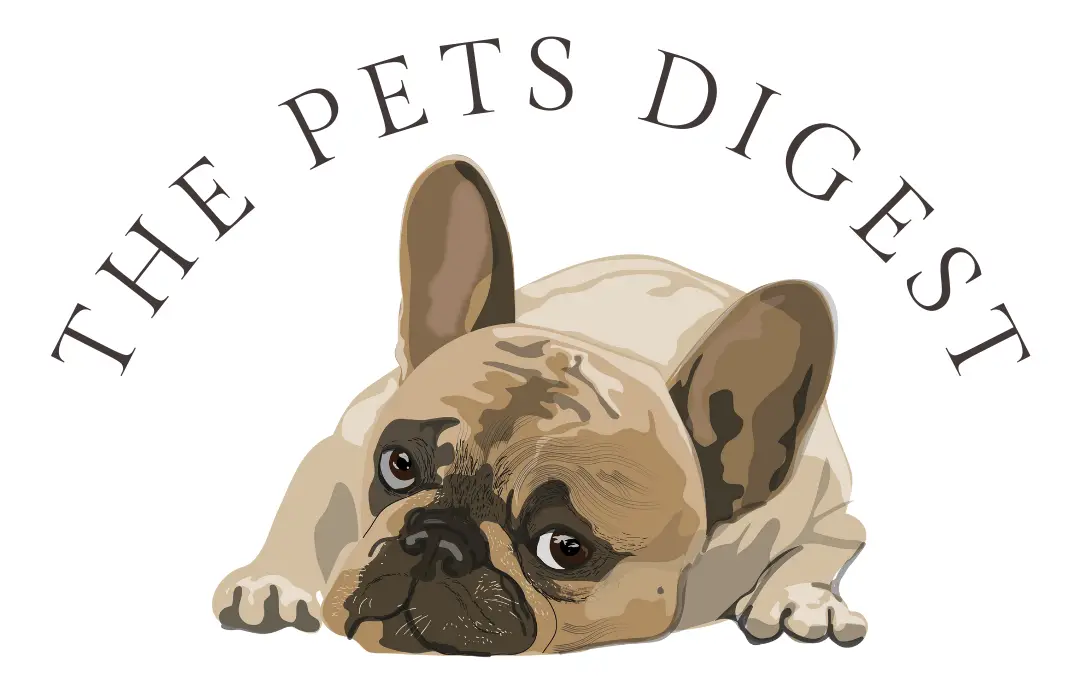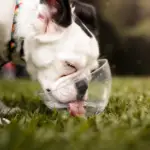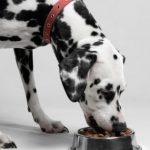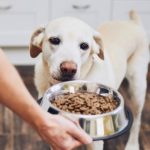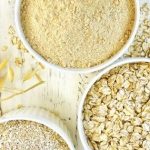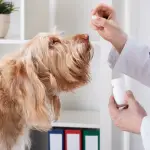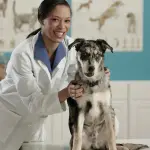What are seizures in dogs?

A seizure is a burst of electrical activity in the brain and can cause uncontrolled changes in behavior and body movements.
What are some reasons for seizures in dogs?
Dogs can have many types of seizures, just like humans, and can range in severity and for a variety of reasons. While many times the reason for seizures in dogs is idiopathic or unknown, seizures can occur for many reasons.
Seizures in dogs can occur for various reasons
- Eating poison
- low-blood sugar levels
- Strokes
- Tumors
- Infections
- Head trauma
8 foods that can cause or trigger seizures in dogs?
1. Xylitol
Xylitol is highly toxic to dogs and unfortunately is in many things that humans eat but also dogs love like peanut butter.
If your dog suffers from xylitol toxicity you may see
- Gi signs like vomiting and diarrhea
- Lethargic
- Weakness
- Incoordination
- Collapse
- Seizures
2. Caffeine
Some common sources of caffeine for dogs are coffee and candy-like espresso beans which is often a source of chocolate poisoning as well.
Signs of caffeine toxicity in dogs include:
- Gastrointestinal signs like vomiting and diarrhea
- Panting
- Excessive thirst with subsequent excessive urination
- Tremors and seizures
- Fast heart rate
3. Chocolate
Theobromine is the primary ingredient in chocolate which is toxic to dogs and can cause gastrointestinal signs and neurological signs like seizures.
Signs of chocolate poisoning are similar to caffeine poisoning in dogs and include
- Neurological signs like seizures
- Vomiting and diarrhea
- Restlessness
- Panting
- Fast heart rate
4. Alcohol
Alcohol is a common ingredient in many items used around the house, from drinking alcohol to hand sanitizers, it is very easy for dogs to get into and suffer from toxicity unless these items are kept out of reach.
Dogs get alcohol poisoning by absorption through the skin or drinking one of the main three types of alcohol: ethanol, isopropanol, and methanol. Once in the body, the chemicals can affect the central nervous system and damage bodily organs.
Where can my dog get alcohol?
Some common sources of alcohol in the home are:
- Mouthwashes
- Alcoholic drinks
- Perfumes & Colognes
- Fermengint fruits or bread
- Hand sanitizer
- Windshield washer fluid
- Antifreeze
- Glass and window cleaner
- Nail polish remover
- Alcohol-based flea sprays
Symptoms of alcohol poisoning in dogs
Symptoms of alcohol poisoning in dogs depend greatly on your dog’s weight, the type of alcohol ingested, and the amount ingested and absorbed. The sooner you can get your dog into a veterinarian for treatment the better.
- Vomiting & Diarrhea
- Disorientation
- Neurological signs like seizures
- Incoordination when walking
- Excessive salivation
- Weakness
5. Salt
Salt toxicosis in dogs (and cats) can cause seizures. Many times dogs suffer from seizures after eating an excessive amount of table salt or seawater. But they can also encounter rock salt and homemade play dough which if eaten can cause seizures.
Signs of salt poisoning include
- vomiting
- diarrhea
- lethargy
- excessive thirst and subsequent urination
- incoordination
- inappetence
6. Foods high in glutamate
Some research has shown that foods high in glutamate may trigger seizures in dogs that have already suffered from seizures in the past. These foods include:
- Certain cheeses specifically parmesan
- Processed Meats
- Seafood
- Mushrooms
7. Tomatoes
Tomatoes are also high in glutamine and can trigger seizures in some dogs. They can cause gi issues like vomiting and diarrhea, as well as lethargy.
8. Foods high in GLA
GLA or gamma-linolenic acid is an Omega-6 and if consumed in higher quantities may interact with anti-seizure medication and has also been shown to lower the seizure threshold.
Some foods high in GLA are spirulina and black currant oils or extracts.
GLA can cause digestive upset in some dogs, including diarrhea and gas. Dogs prone to seizures should not consume GLA, as it has been shown to lower the seizure threshold and potentially interact with anti-seizure medication.
Nutritional deficiencies can also cause seizures in dogs
There have been studies of cases where dogs were fed meals deprived of adequate nutrients and the dog subsequently suffered from seizures.
If you are feeding your dog a homemade diet, it is critical to have a healthy balance of nutrients which is why you should speak with a veterinary nutritionist or pet health expert that specializes in nutrition.
There are also some plants that can cause seizures in dogs
- Mushrooms
- Brunfelsia (Yesterday-Today-and-Tomorrow)
- Sago palm

Can my dog’s flea and tick prevention cause seizures?
There have been some incidences of pet owners noticing seizures in their dogs after using flea and tick prevention. To read more about the cases and cause read this article.
How can I control seizures in my dog?
Seizures can be controlled with medication, however many times vets will wait until the seizures occur back to back before placing your dog on medicine.
What are some signs my dog is going to have a seizure?
Some dogs don’t show signs that they are going to have a seizure and others have a ‘tell’ that a seizure is coming.
It is important to notice if there are some environmental factors that may trigger your dog’s seizures like loud noises, certain scents like scented candles, or lighting.
Also, watch for signs that a seizure is going to occur below there are some common signs seen by pet parents but every dog is different and has their individual clues.
Common signs that a dog is going to have a seizure
- Sudden loss of balance
- Running or pacing
- Lip licking
- Drooling
- Staring and glazed over look
If your dog has started experiencing seizures you should do these things
- Keep a journal of when the seizures occur and how long they last
- Try to recognize the signs that your dog is going to have a seizure like lip licking or staring
- Have a safe space for your dog to place them when they are going to have a seizure
- Help them to lie down if you notice they are going to have a seizure
- Record the seizure to show your veterinarian
- If your dog starts to have seizures close together speak with your vet about medicine and testing. Your vet may also want to refer you to a neurologist.
If you think your dog has eaten any of the foods or substances discussed call your veterinary or the Animal Poison Control center at (888) 426.4435 immediately.
References
